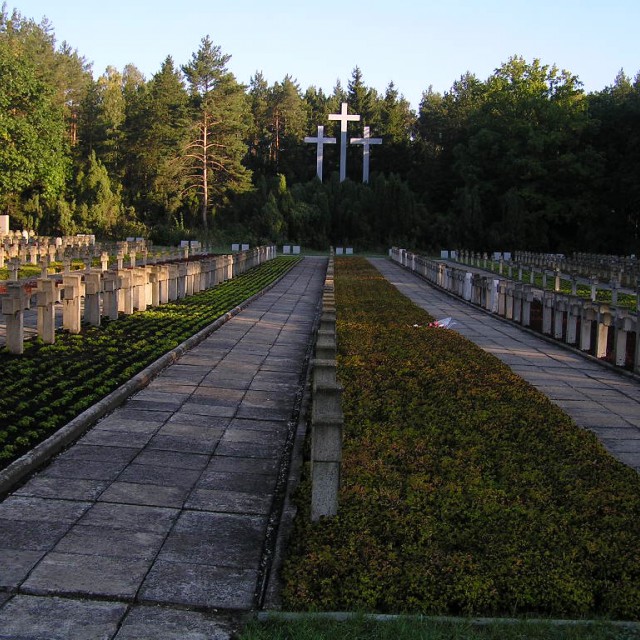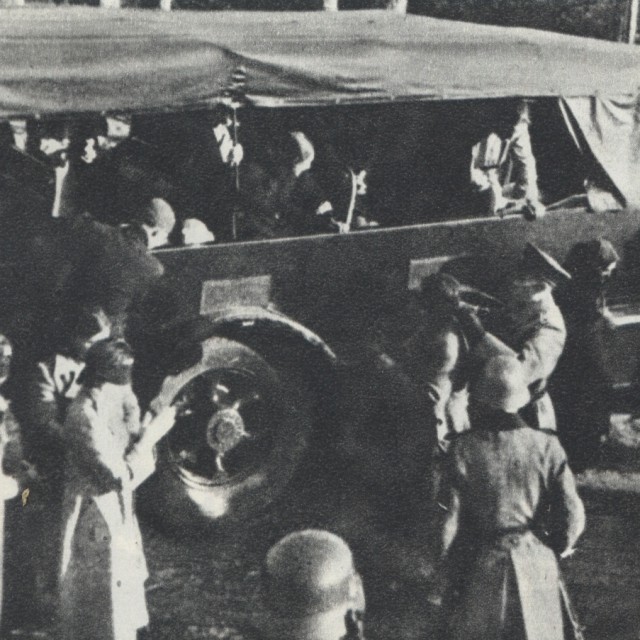What's hidden in the forests of Palmiry
Shortly after the war, the fifteen-year-old Helena Stachová, (née Teige,) traveled to war-ravaged Warsaw, accompanying her mother, Helena Teige, who was an expert on Poland and a volunteer of a mission of the Red Cross that helped with the search for Polish children deported to Germany for the so-called "re-education." During the stay, which was organized by the Association of Polish Teachers as a gesture of gratitude, Helena also went on a trip to Palmiry, a site of execution of about 2000 Polish politicians, artists and intelligentsia in 1939-1941. The mass graves hidden in the pine forests of Palmiry that had been discovered only shortly previously, for the first time demonstrated the bestiality of the Nazi regime to adolescent Helen. The Germans planted young pine trees on the graves in order to make them blend in seamlessly with the surrounding forest. They were discovered only at the instigation of a forester, who was suspicious of the undergrowth. "The journey back was pretty funny," recalls Helena and cites her diary from those days: "the engine of our self-propelled vehicle somehow broke down and we had to make stops every three minutes or so as the poor driver had to pour gasoline from the front to the rear engine. There was such a grim mood prevalent that we couldn't stop laughing! Despite this, the mass burial site has left a terrible impression on me. The woods surrounding the place look scary enough by themselves but when I think of what these woods hide, it really makes me tremble with horror. These feelings will not be forgotten any time soon." The strange thing is that the media did not really reflect on the events in Palmiry, as it did with Katyn. Even the friend of Helena Stachová, a well-known Polish journalist, only heard about the place where the elite of the Polish nation was executed from her.
Hodnocení
Hodnotilo 0 lidí
Trasy
Příběh není součastí žádné trasy.
Komentáře
Žádné komentáře k příběhu.



